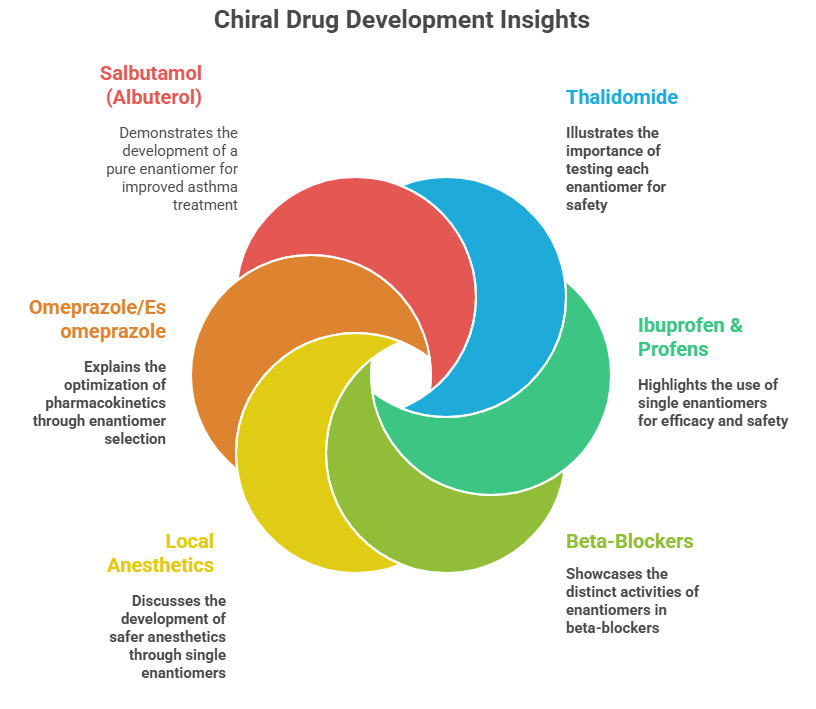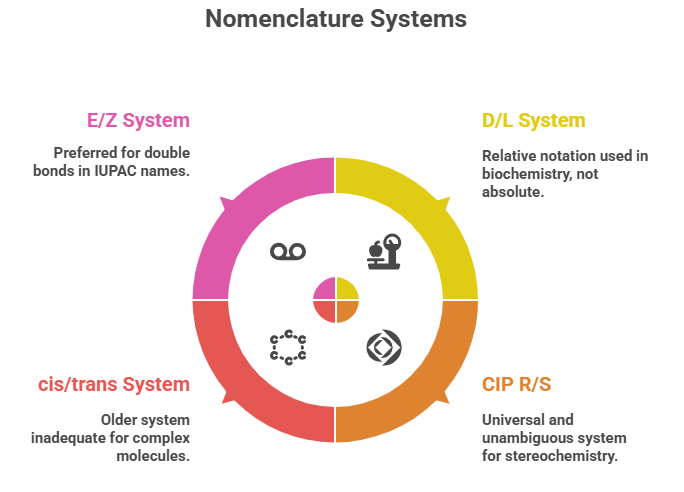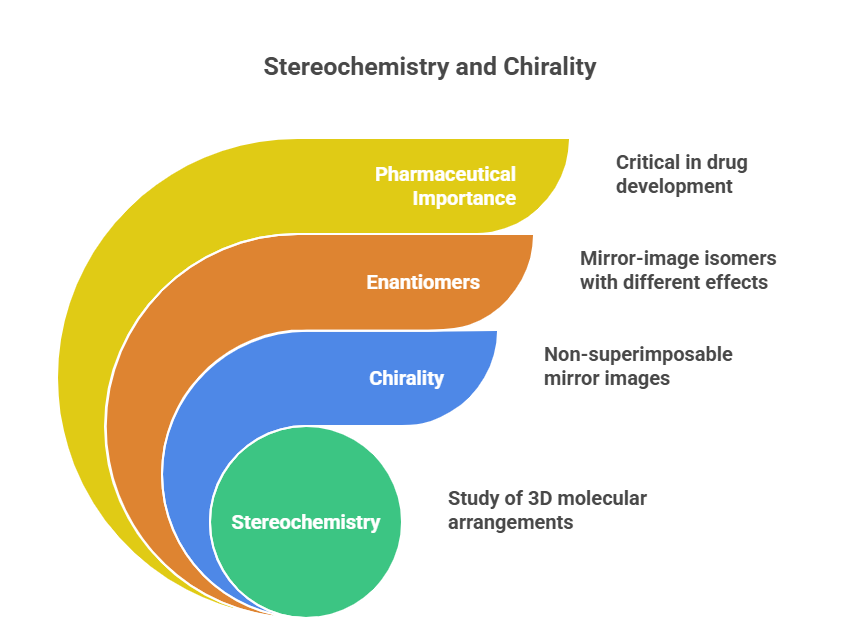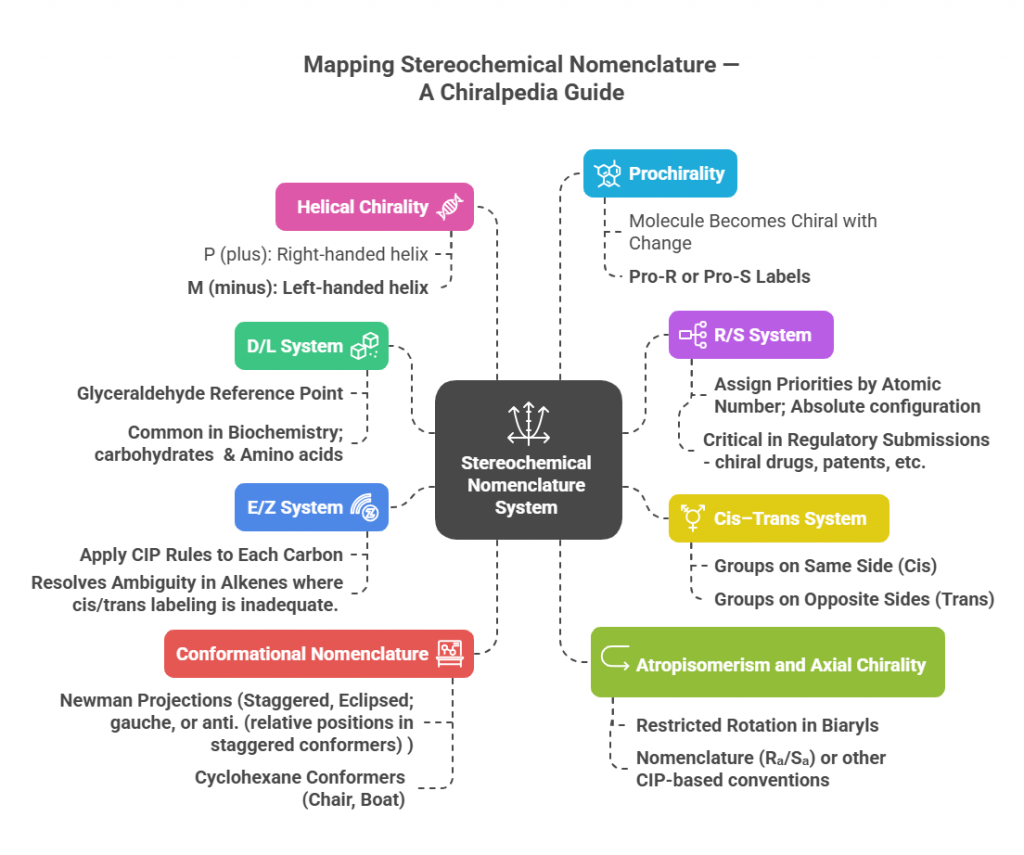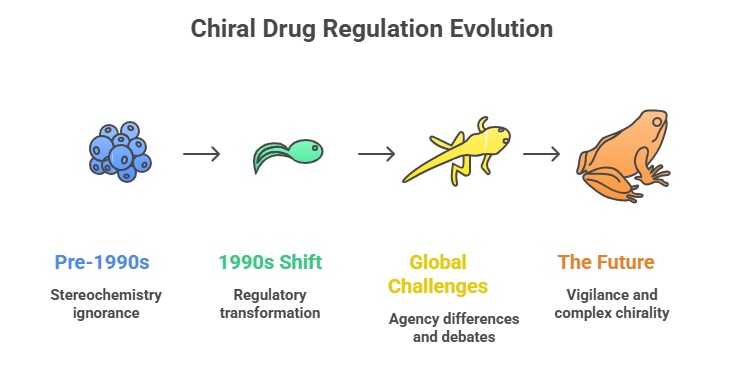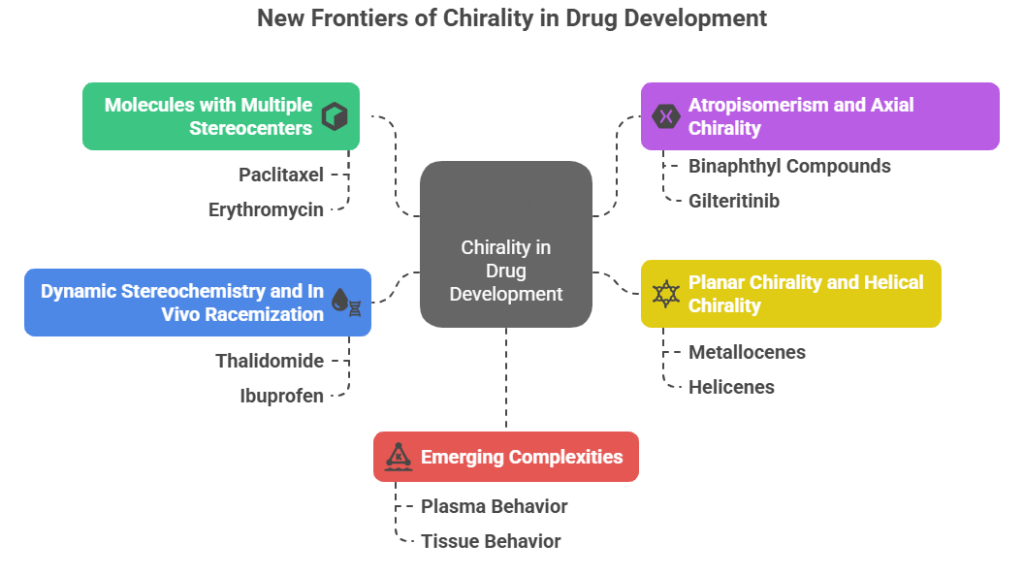Part 5: Stereoselective and Stereospecific Synthesis
“Crafting molecules with precision – the art of stereochemical synthesis” Introduction Having seen why the correct stereochemistry is crucial for drug efficacy and safety, the next challenge is how to obtain the desired stereoisomer. This part covers strategies and methods in stereoselective and stereospecific synthesis. We clarify the terminology: a stereoselective reaction preferentially yields one stereoisomer over others (e.g., one enantiomer or one diastereomer is favored), whereas a stereospecific reaction produces different stereoisomeric products from …
Part 5: Stereoselective and Stereospecific Synthesis Read More »

